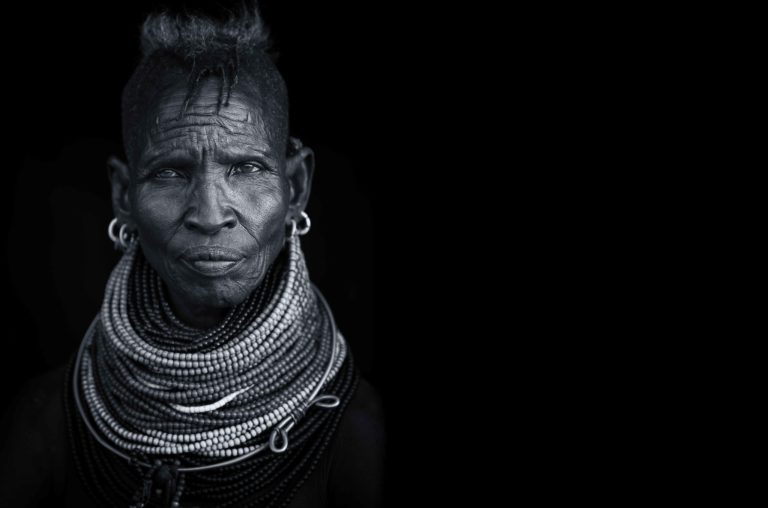Depicting the people you meet on your travels is not as simple as pointing and shooting Andreas Eiselen explains how to get portraits that tell a story, using this image by Astrid Stevie Winberg.
Travel faces – take it yourself

When photographing people in their environments, consider more than just getting the correct exposure.
Equipment
Use a prime lens – 35mm for a wider, scenic view, 50mm for a realistic feel or 85mm for close-up portraits. Prime lenses are sharper than zoom lenses, in general, especially in the corners of the image. They are also able to shoot at wider apertures for silky backgrounds with faster shutter speeds, which is important for handheld portraits.
Settings
The distance between you and your subject as well as lens choice will determine the aperture size. Wider lenses allow larger apertures without the depth of field being too shallow, while longer focal-length lenses need smaller apertures to keep your subject sharp, especially close up. Try and keep the shutter speed above the focal length of the lens – so if you’re shooting with an 85mm lens, set the shutter speed faster than 1/100 sec.
ISO should be as low as possible – anything between 100 and 400 for clean images. Use a single focal point
for precise autofocus on your subject.
Practical
Focus should be sharpest on the subject’s eye when shooting close-up portraits. Make sure that light creates
wa highlight in the eye as this brings your subject to life.
Depth of field invokes different emotions: deep depth of field gives a documentary feel while shallow creates dreamy and inviting images.
Use doorways and windows as light sources to create better-lit images indoors.
Add relevant background to set the scene when framing. This creates extra drama and interest in any image.
Be mindful of the ethics and etiquette of pointing your camera at people (see ‘Know your stuff’ on the next page).
Starter tip Try different angles to see what works best with your lighting and subject.
Armature tip Experiment with higher ISOs, up to 1600, for a grittier/grainier look.
Pro tip Try the lighting techniques used by the Old Masters in their paintings, such as the ‘Rembrandt triangle’
(a patch of light on the cheek furthest from the light source).
Astrid says…
We visited a village on the shores of Lake Turkana in Kenya one evening. I had guides to communicate and negotiate with the Turkana people, who were very friendly and agreeable to us walking around and taking unstaged portraits. In this village many people had never seen an image of themselves. It was so rewarding to see their expressions when they saw their portraits on the screen at the back of my camera.
Equipment Canon EOS 5D Mark IV, Canon EF 70-200mm lens (at 155mm), ISO 200, f/2.8, 1/250 sec
You may also like
Related Posts
Wildlife photographer, Sam Rowley, captured a remarkable shot of two mice brawling on the London...
read more
This year's winners of The British Ecological Society's 'Capturing Ecology' photographic competition have been announced....
read more
We picked the brain of budding teen photographer Branson Meaker, whose highly commended Botswana wildlife...
read more